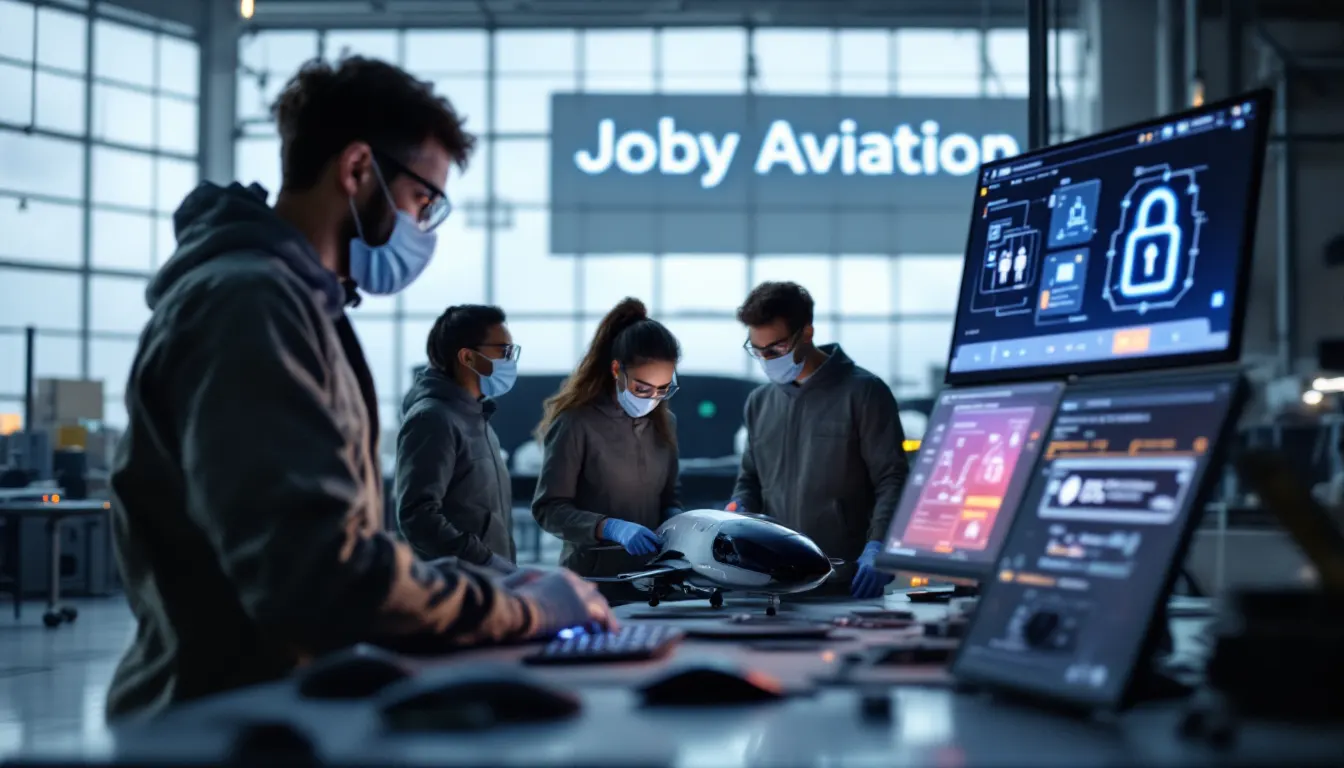Why Joby Aviation’s Espionage Suit Reveals Hidden Business Leverage

Corporate espionage costs aerospace firms millions annually. Joby Aviation accused a former employee of sharing stolen trade secrets upon joining rival Archer in late 2025.
This legal battle isn’t just about proprietary information—it exposes how loss of system-level knowledge disrupts competitive moats and amplifies risks in high-tech manufacturing.
Understanding this case uncovers the leverage embedded in trade secret management and employee movement constraints among advanced aerial vehicle makers.
Strategic control of intellectual assets defines who wins in innovation-driven industries.
Why Espionage Claims Highlight Constraint Repositioning, Not Just Theft
Conventional views frame lawsuits like Joby Aviation’s as mere legal battles over stolen secrets. This overlooks the deeper systemic impact: it’s about shifting core innovation constraints from internal R&D to external knowledge bleed.
Unlike industries with publicly codified standards, electric vertical aircraft manufacturers rely on guarded, complex know-how encoded in employee expertise. Hiring from rivals pulls crucial leverage away.
This dynamic resembles business process automation examples where removing bottlenecks internally is key—but here the bottleneck is proprietary knowledge flow control.
How Joby’s Lawsuit Reflects the Value of Systemized Knowledge Control
Joby Aviation’s claim shows how trade secrets serve as leverage by creating intangible barriers that operate without daily supervision.
When a former employee allegedly leaked designs to Archer, it wasn’t just document theft. It exposed a breakdown in internal systems that safeguard innovation against human factor vulnerabilities.
Competitors like Beta Technologies and Lilium have instituted layered knowledge compartmentalization, reducing risks of this leverage loss compared to Joby, whose scale and rapid hiring exacerbate exposure.
This issue parallels insights from process improvement frameworks designed to harden critical workflows and prevent value leakage.
Why Operators Must Guard Against Leverage Erosion from Talent Mobility
The core constraint at risk is not talent but control of the knowledge ecosystem underpinning product advantage.
Joby Aviation’s public pursuit of legal recourse signals a strategic pivot: protecting leverage through stronger governance, legal deterrents, and knowledge system design.
Businesses in highly technical sectors must reimagine employee onboarding and offboarding to preserve systemic advantages without stifling innovation.
Similar to how automation reduces operational friction, systems that digitally encode trade secret access rights will define future competitive landscapes.
Patents protect products; control over knowledge flows protects business leverage.
Related Tools & Resources
Protecting and systemizing critical knowledge flows is essential for innovation-driven businesses like Joby Aviation. For companies seeking to safeguard trade secrets and streamline internal processes, platforms like Copla provide robust solutions to document and manage operating procedures effectively. Embedding such workflow controls helps preserve business leverage against knowledge leakage and talent mobility risks. Learn more about Copla →
Full Transparency: Some links in this article are affiliate partnerships. If you find value in the tools we recommend and decide to try them, we may earn a commission at no extra cost to you. We only recommend tools that align with the strategic thinking we share here. Think of it as supporting independent business analysis while discovering leverage in your own operations.
Frequently Asked Questions
What is corporate espionage and how does it impact aerospace firms?
Corporate espionage involves the theft of trade secrets or proprietary information, costing aerospace companies millions annually. It disrupts innovation by leaking system-level knowledge critical for competitive advantage in high-tech manufacturing.
Why are trade secrets important in electric vertical aircraft manufacturing?
Trade secrets represent guarded, complex know-how embedded in employee expertise. This knowledge control underpins product advantage and innovation, making unauthorized knowledge transfer a significant risk for firms in this sector.
How do companies like Joby Aviation protect their intellectual assets?
Companies use legal actions, knowledge system designs, and governance frameworks to safeguard trade secrets. For example, Joby Aviation's lawsuit against a former employee highlights efforts to control intangible innovation barriers without daily supervision.
What role does employee movement play in knowledge leakage risks?
Employee mobility between rival firms can shift core innovation constraints externally, causing leverage erosion. Managing onboarding and offboarding processes strategically is essential to mitigate systemic advantage loss.
How can businesses reduce risks of value leakage through process improvement?
Implementing process improvement frameworks that harden workflows and systemize knowledge flow controls helps prevent information leaks. Competitors like Beta Technologies and Lilium use layered compartmentalization to reduce such vulnerabilities.
What are practical solutions for documenting and managing trade secrets?
Platforms such as Copla offer robust tools to systemize operating procedures and protect critical knowledge flows. Embedding workflow controls digitally preserves competitive leverage against talent mobility risks.
How does strategic control of intellectual assets influence industry leadership?
Controlling intellectual assets creates intangible barriers that define winners in innovation-driven industries. Protecting trade secrets enables companies to maintain competitive moats and prevent knowledge from becoming an external bottleneck.
Why is protecting knowledge flows more crucial than just protecting patents?
While patents protect products, controlling dynamic knowledge flows safeguards overall business leverage. This control reduces risks from human factor vulnerabilities and sustains innovation advantages over time.

